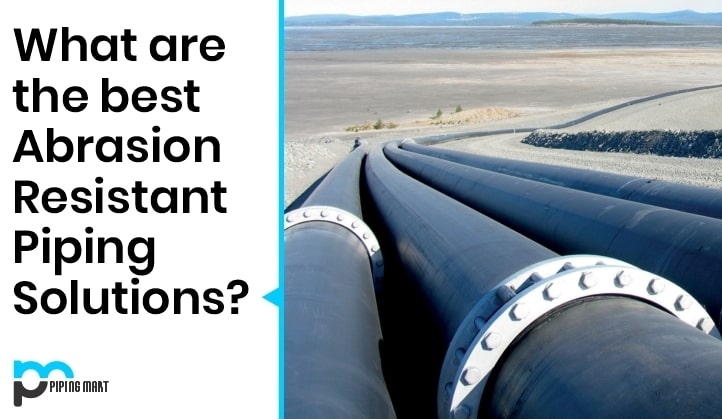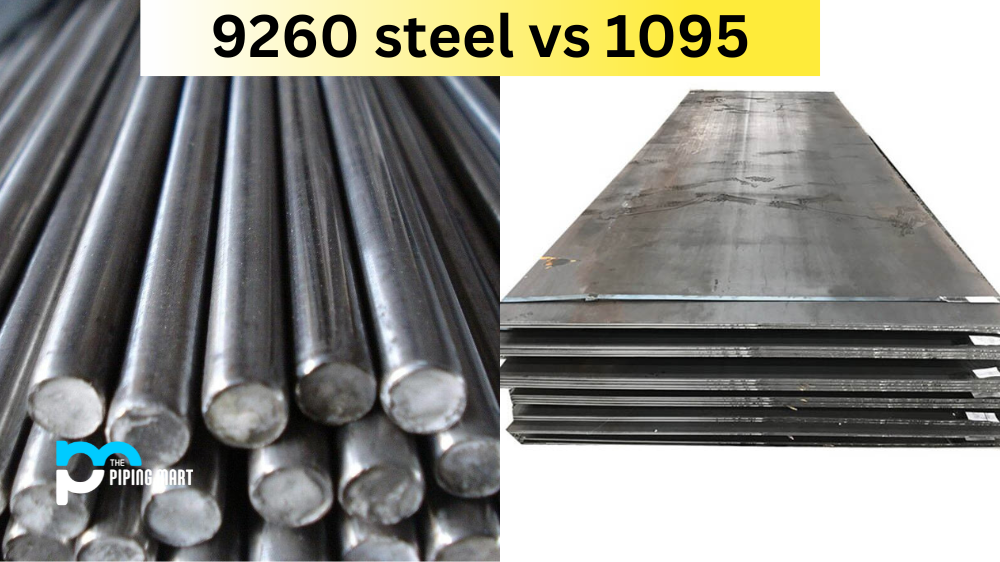When it comes to choosing the right type of steel for your project, it can be a daunting task. With so many different types and grades of steel available, it’s essential to know the properties and characteristics of each one to make an informed decision. In this blog post, we’ll take a closer look at two popular types of steel – 4340 and 1018 – and compare their properties to help you choose the best option for your project.
What is 4340 Steel?
4340 steel is a heat-treated alloy commonly used in high-stress applications such as aerospace and defence. It’s known for its strength, toughness, and resistance to wear and tear. 4340 steel has a higher carbon content, which gives it a greater hardness and strength than 1018 steel. It also has a high nickel level, making it resistant to corrosion and oxidation.
One of the most significant advantages of 4340 steel is its ability to be heat-treated to enhance its properties. The heat treatment involves heating the steel to a specific temperature and then rapidly cooling it. This process improves the steel’s strength, hardness, durability, and toughness. The heat treatment process makes 4340 steel more fatigue-resistant, essential in high-stress applications.
What is 1018 Steel?
1018 steel, on the other hand, is a low-carbon steel commonly used in machine parts, pins, and shafts. 1018 steel is more affordable than 4340 steel and is easier to machine. It has a lower carbon content, making it softer and more ductile. However, it is less durable than 4340 steel, and its lower carbon content makes it less resistant to wear and tear.
Difference Between 4340 Steel and 1018
Though 1018 steel isn’t as strong and hard as 4340 steel, it has excellent weldability and can be easily fabricated, making it ideal for DIY projects. It’s also an excellent option for applications that require low stress and more straightforward designs.
Comparing Properties
When comparing the properties of 4340 steel and 1018 steel, it’s essential to consider their respective applications. 4340 steel has a higher carbon content, making it more challenging to machine than 1018 steel, but it’s more durable. Additionally, its stronger composition makes it ideal for high-stress applications. 1018 steel, with its lower carbon content, is easier to machine and more affordable, making it a better option for lower-stress applications.
Conclusion
When choosing the right type of steel for your project, consider the application’s stress levels and budget. 4340 steel is ideal for high-stress applications, where its heat treatment capabilities and durability come in handy. On the other hand, 1018 steel is ideal for applications where simplicity and affordability are the main considerations. Ultimately, the choice between 4340 steel and 1018 steel comes down to your project’s specific requirements, so it’s crucial to work with a reputable steel supplier who can guide you on the best option for your needs.




